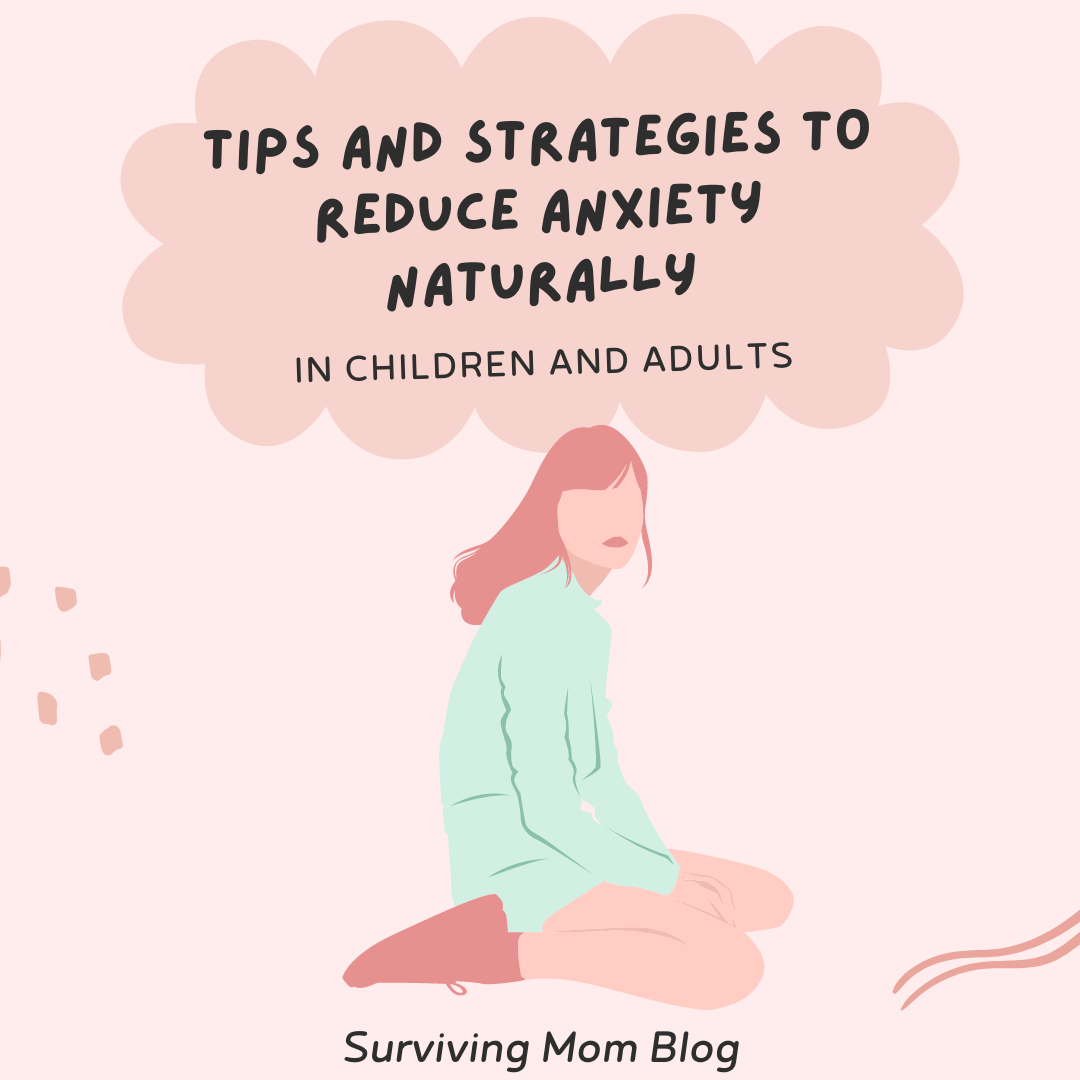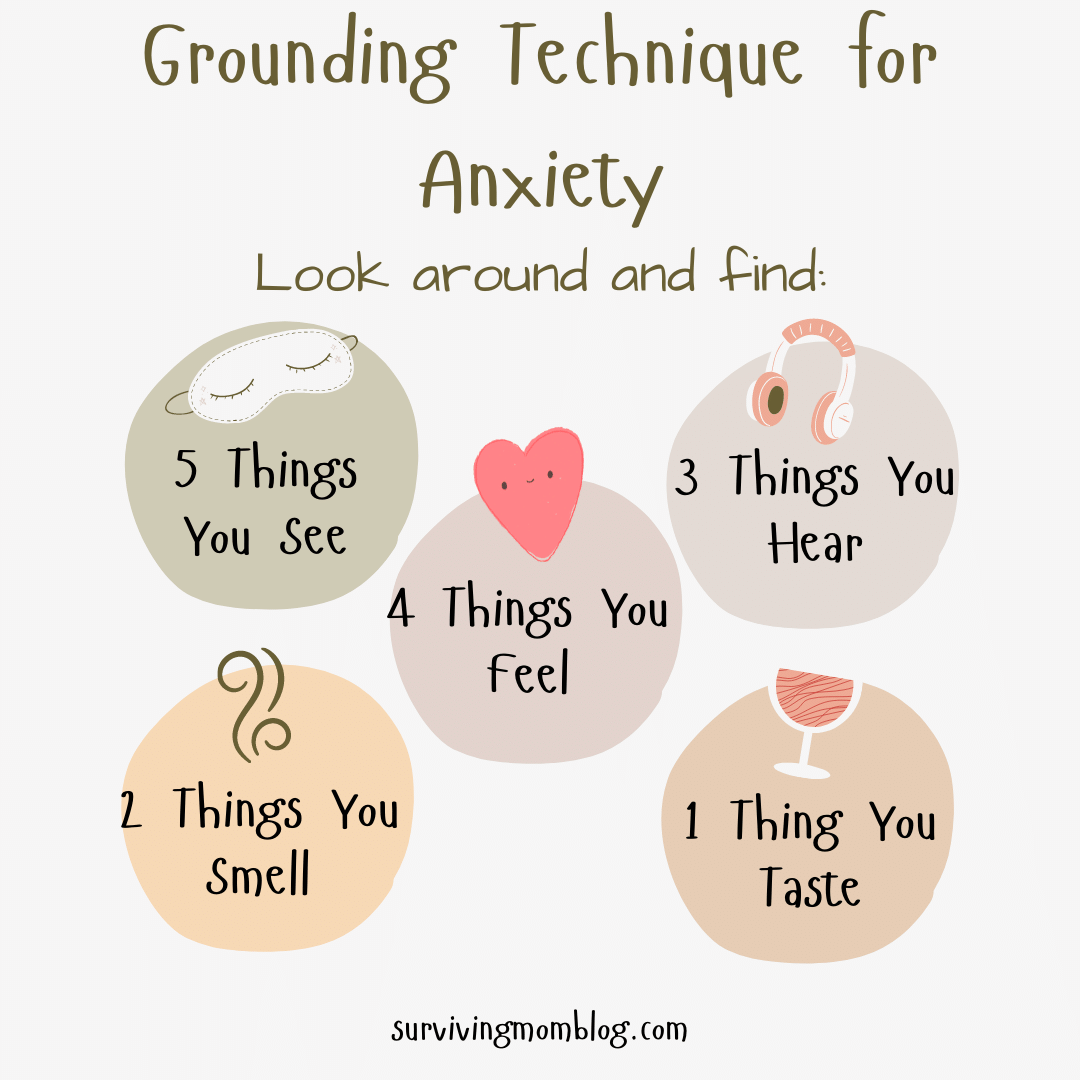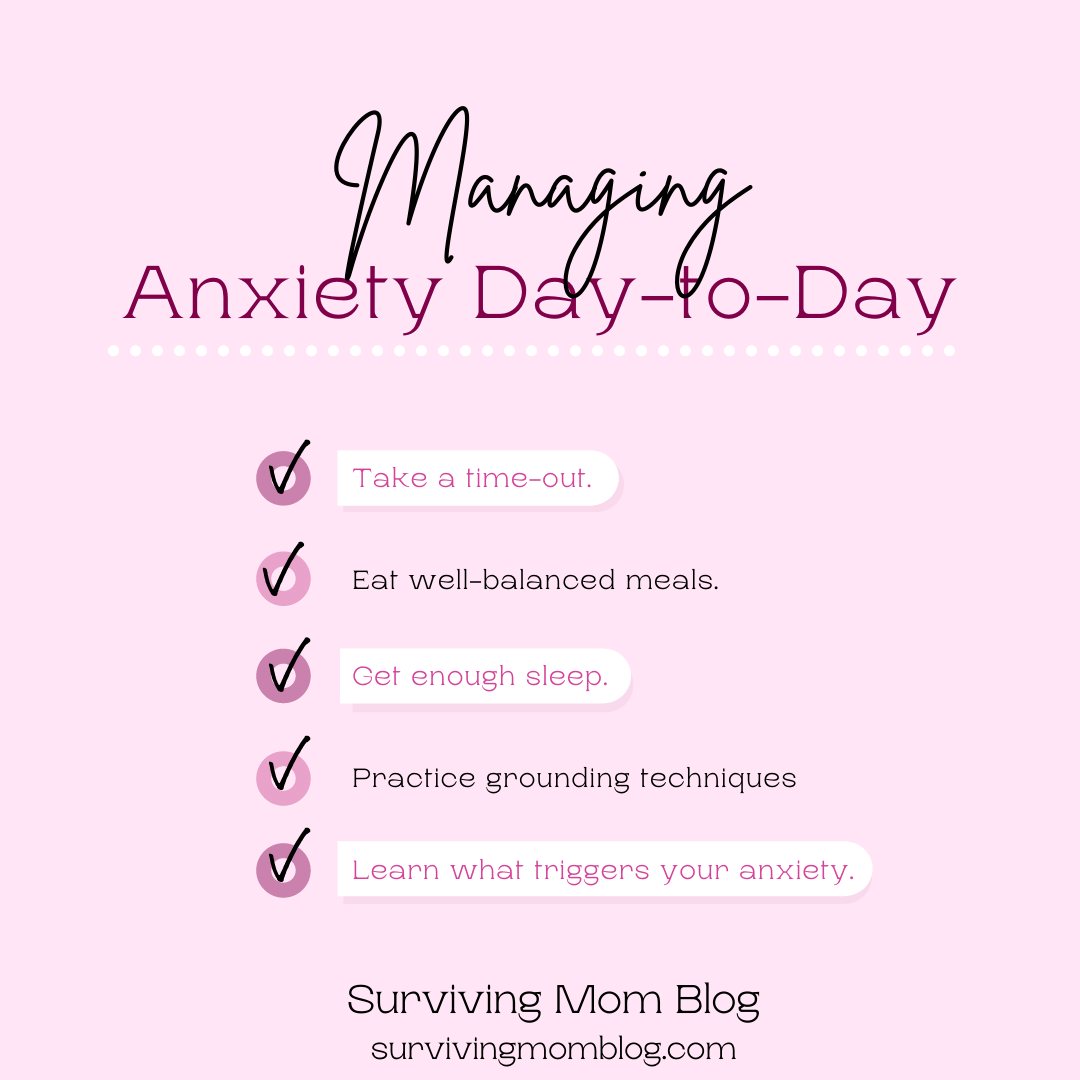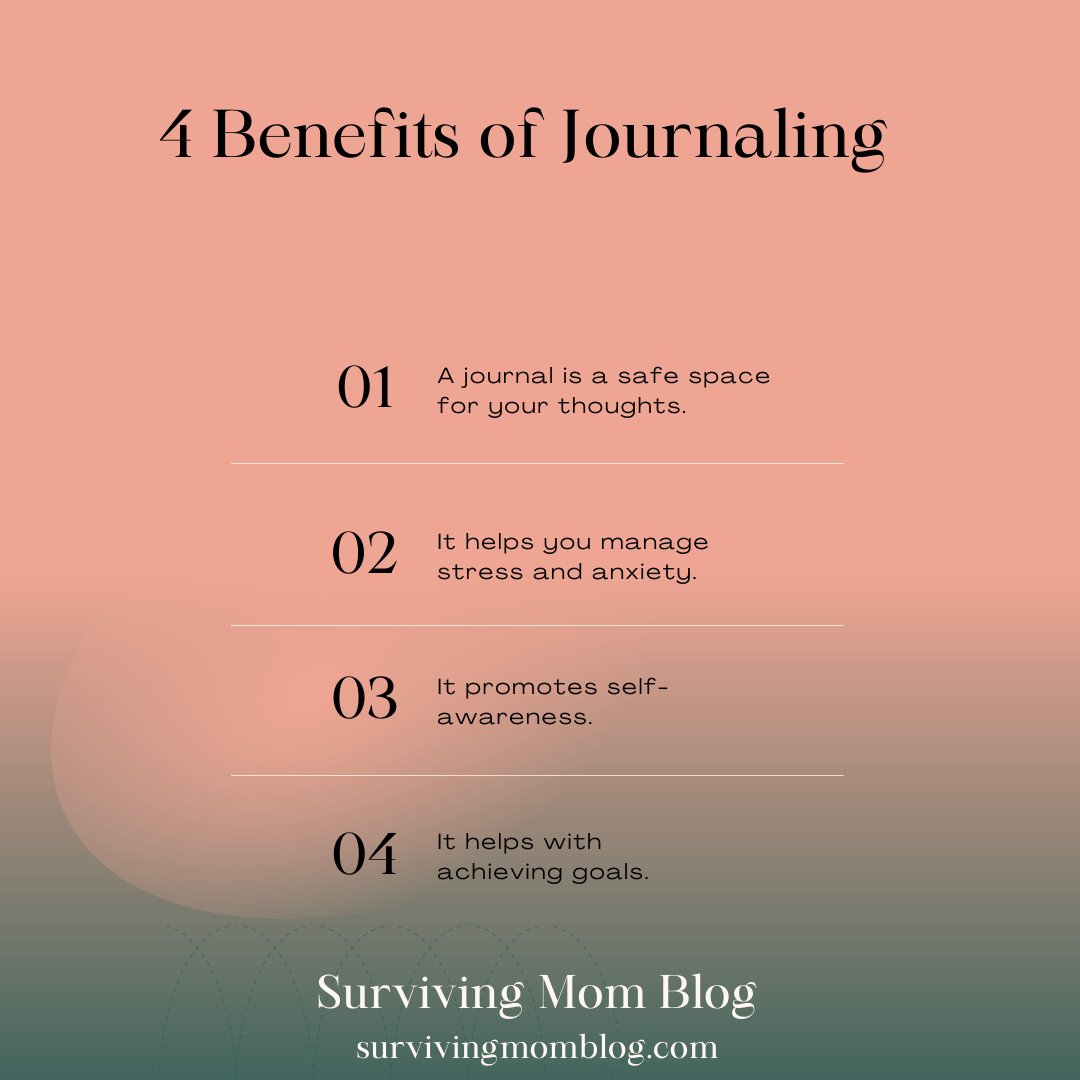
Everyone experiences feelings of anxiety and stress. Below are numerous tips and strategies to help reduce anxiety naturally in both children and adults. These strategies are useful whether you experience occasional or frequent anxiety.
It is important to keep in mind that there is no substitute for seeking professional help to manage anxiety disorders. However, these strategies can be used in conjunction with therapy. To gain further knowledge about anxiety, previous articles address various emotional and physical symptoms of anxiety and different types of anxiety disorders.
10 Grounding Techniques For Calming Down Quickly
Grounding techniques are practices to help you focus on the present moment. This is helpful for anxiety and any type of distress. It is particularly useful in those that suffer from PTSD and Panic Disorder. There are a variety of grounding exercises that can be implemented by both children and adults:
(1) Repetition of Phrases
Repeat something over and over when you are trying to anchor yourself. An example is, “My name is _________. I live in _____________. The weather outside is ______________. The time is _____________. “ You or your child can make a list of such phrases in advance, and pick phrases to say aloud when feeling anxious. You can keep saying different phrases on the list or the same phrase until you feel less anxious.
(2) Label items in categories
Choose a few categories that you can easily list, such as types of animals and favorite desserts. You can either mentally or verbally list as many items as possible from those categories.
(3) Recite something
Pick a favorite poem, song, or lines from a book that you know. Either say it aloud or to yourself, while focusing on each word. Try one of these most famous poems about motherhood by famous poets.
(4) Recall details
Take a photograph, drawing, or piece of art and stare at it for a few seconds. Then look away and say as many details about it as you can recall. This can include remembering where you were when the picture was taken, what you were wearing when the picture was drawn, or any other related details.
(5) Numbers
Some examples include reciting the multiplication table, adding different numbers together, or counting by 3s. The types of math can vary based on age and ability. For example, a younger child can count until 5 several times.

(6) Use the 5-4-3-2-1 Method
This is one of my favorites as it incorporates all your senses, really helping you to stay grounded in the moment. Look around your surroundings and use your senses to list things around you, working backwards from 5. For example, you can notice 5 things you see, then 4 things you can touch, 3 things you can smell, 2 things you can hear, and 1 thing you can taste. Focus on your surroundings intensely so you can pick up on sensations you may not normally realize.
(7) Put your hands in water
Put your hands in a bowl of cold water, allowing yourself to focus on the sensations of the water on different parts of your hand. Leave them in there while you concentrate on the various sensations. Then take them out and put them in a bowl of warm water. Focus on how the various temperatures feel differently on your hands. Continue to switch them back and forth.
(8) Pick up different items around you
Notice the texture, shape, weight, smell, colors, or any unique features about each item. How does it feel in your hand? Try to be as specific as possible when labeling their features.
(9) Hold a piece of ice or put a cold pack on your head
Notice the sensations in your hand or face, again being as specific as possible. Notice how the sensation changes as the it melts or becomes less cold. Putting anything cold on your head “triggers the vagus nerve that turns on all rest-connect nerves” (Kate-Cohen Posey, 2016).
(10) Focus on your body
- Concentrate on how your body feels from your head all the way down to your toes. First, do this sitting, and then try it again standing. You can raise and lower your feet on the ground, wiggle your hands or your arms, and/or cross and uncross your legs. Notice how each body part feels when you make those changes. Also pay attention to feelings such as your hair on your back, your glasses on your nose, or the feeling of your clothing on your body.
- Notice how your body feels when you stretch or move each part of your body, from your toes to your face. You can rotate, wiggle and/or flex your body, focusing on each part as you do so.
Additional grounding exercises besides those in this post may be found here.
Diet and Supplements Are Helpful Ways to Reduce Anxiety Naturally

Watching what you eat and consuming certain supplements are beneficial for reducing anxiety:
(1) Limit your sugar intake
Research has shown that too much sugar can worsen anxious feelings and impact temperament (webmd.com, 2017)
(2) A diet that contains vegetables, fruits, whole grains, and lean protein may benefit those with anxiety.
Chemicals in processed foods may cause mood changes in some people (healthline.com, 2020).
(3) Limit caffeine
Caffeine can cause jitteriness and nervousness in some people. Try reducing or eliminating your caffeine intake and see if it improves your anxiety symptoms. Remember that there is caffeine in chocolate, so be mindful of whether your child has caffeine in their diet as well.
(4) Eliminate alcohol and cigarettes
Alcohol can become abused if used as a coping mechanism for anxiety, so do not rely on alcohol to soothe your nerves. Similarly, smoking can worsen anxiety over time and “research also suggests that nicotine and other chemicals in cigarette smoke alter pathways in the brain linked to anxiety” (healthline.com, 2020).
(5) Supplements can help with anxiety reduction
Please consult your child’s doctor before giving any supplements to children.
(6) Probiotics have also shown benefits in reducing anxiety
Check with your child’s doctor before giving any probiotics to children.
Exercise to Reduce Stress and Anxiety
(1) Moving your body is a great way to relieve mental stress
When you get your heart rate up, your body releases endorphins, which are chemicals that improve your mood. Find something you and/or your child enjoys doing such as running, walking, dancing, doing jumping jacks, swimming, playing sports, or riding a bike. Do this regularly as it is great for your physical health as well as your mental health.
(2) Meditation
A main goal of medication is to practice mindfulness, which is staying focused on the present. This is a grounding technique, and one which relieves stress and anxiety when practiced regularly. It is important to note that there is no “wrong” way to meditate. I like to repeat a phrase in my head to keep me anchored while I inhale and exhale. There are many YouTube videos that provide various options to help you or your child meditate.
(3) Yoga
Restorative poses are yoga poses that activate the parasympathetic nervous system. This helps elicit a relaxation response. You can google “restorative yoga poses” to see a variety of options, but a favorite of mine is Legs-Up-the-Wall-Pose. To do this pose, you lay down on your back on a floor or bed and put your hips as close to the wall as possible. You then elevate your legs by putting them up against a solid object, such as a wall. Your body forms an L-shape. Place a towel or blanket under your pelvis to elevate your hips for further benefits. You may also place a pillow under your head if you prefer. Focus on your breathing or listen to relaxing music. Stay in this position for 10-20 minutes depending on age, comfort, personal preference. This is something that children can easily do as well as adults.
Journaling for Anxiety Relief and Stress

Journaling is a great way to handle stress. It is an outlet which allows for insightfulness and introspection.
(1) Some people choose to keep a gratitude journal, where they write/draw what they are grateful for daily
This allows them to focus on the positive things/people/circumstances in their life that they can remember when feeling anxious.
(2) A journal may also be used to list positive affirmations daily (e.g., I feel anxious, but I am not anxious. Being anxious does not define me.)
You can also list/draw things you like about yourself as reminders for when you feel anxious.
(3) Another/additional option is to put down on paper what you feel stressed about
This provides a healthy outlet of coping with anxiety. It can also help identify a pattern of thinking or way of thinking that isn’t helpful, allowing an opportunity to adjust your perspective.
Children should be encouraged to journal as well. They can either draw or write in their journal depending on which method is preferred/age.
There are some great journal options here, here, and here.
4 Important Anxiety Reminders
(1) There are MANY different strategies and ways to alleviate anxiety.
There are so many, in fact, that I have another post devoted to an entire new list of tips and techniques to manage anxiety in both children and adults!
(2) Remember that anxiety is experienced differently for everyone.
What works for one person may not work for another. Also, what might work for you or your child in one instance may not be as effective another time. Experiment with various strategies so you have options.
(3) It takes practice and patience to figure out what techniques or products are the best for you.
(4) Lastly, if you find this article helpful, please share it with others!
My hope is that these tips and strategies will be beneficial, and that this post can help spread awareness and support!
Disclaimer
This post may contain affiliate links. If you purchase a product via my link I may receive a small commission at no additional cost to you. Please visit our disclaimers here

Naomi P Lane says:
This a great list of strategies. I would add colouring, tracing, taking a bath or shower, aromatherapy (essential oils), shoulder massage, and stroking a pet’s fur as others that work for me. Many kids I have worked with have been given omega-3 (fish oils) by naturopaths. Just talking openly about it in the family will help as well.
Randi says:
Yes! This is only HALF my list of strategies. There are more on the way 😉 I’m glad you enjoyed the post!